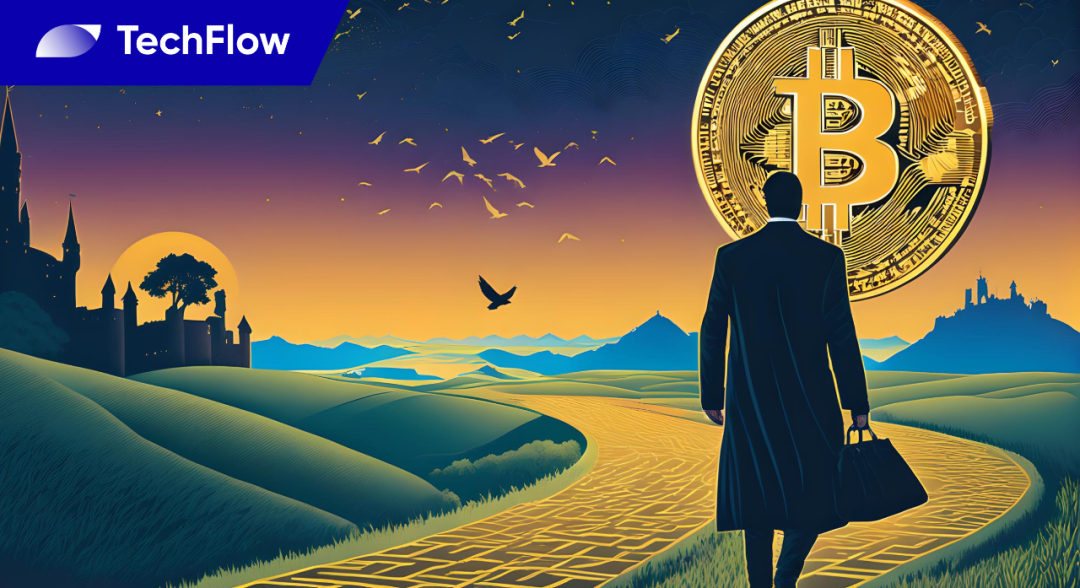Google’s slacking off artifact is here AI conference substitute launched, one-click summarization, questioning, and speaking.
Google has launched an AI conference substitute that offers one-click summarization, questioning, and speaking.The hardworking people who have been tormented by meetings can finally be liberated!
At the just-concluded Google Cloud Next’23 Conference, Google announced a series of technological advancements, among which the most eye-catching is the “AI Meeting Avatar”.
With just a simple command of “help me attend”, AI can attend meetings on your behalf and speak and ask questions at appropriate times:
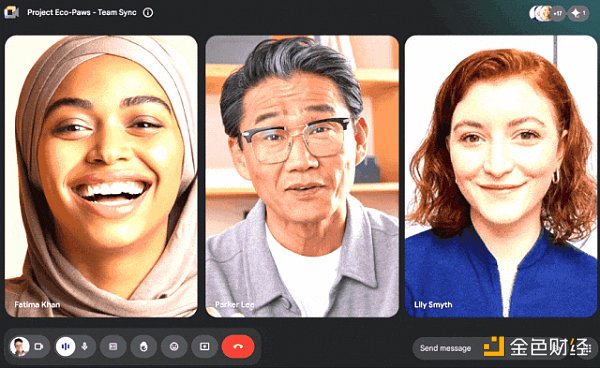
- Fidelity Feasibility study on Ethereum as a digital asset and potential income asset
- Thailand airdrops billions of yuan worth of virtual currency Web3.0 gradually becomes a slogan for politicians in various countries.
- Latest Progress of Wormhole After a Long Silence, Can It ‘Regain Its Dominance’?
This way, even if you slack off during meetings, you don’t have to worry about the boss suddenly calling your name (hand dog head).
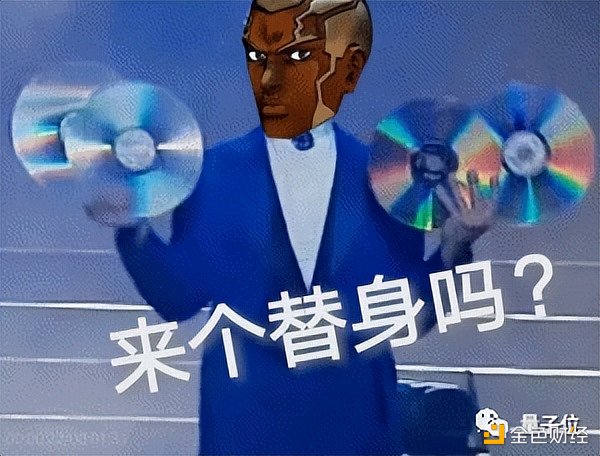
Some netizens are ecstatic, saying that if there really is this AI avatar to attend meetings for me every day, my productivity will skyrocket!

Other netizens jokingly remarked that this has turned from “AI replacing my job” to “AI replacing my boss’s job”.
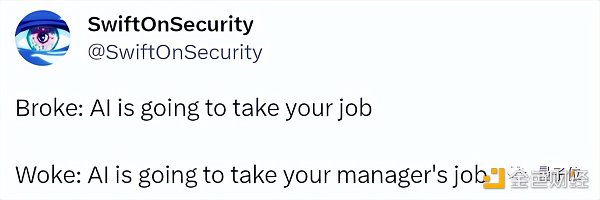
Let’s take a look at what black technologies were introduced at this Next conference.
AI Attends Meetings, Speaks, and Writes Summaries for You
Most workers have experienced the pain of attending meetings to some extent.
Sometimes, you are suddenly pulled into a meeting while eating or on the road, but the camera and audio quality, or the environment, may not be suitable for a meeting.
Google believes that when it is “inconvenient”, AI can help summarize meeting content and ask questions on your behalf.
Even if you slack off, AI can quickly tell you what was said in the first half of the meeting and let you quickly join the discussion:
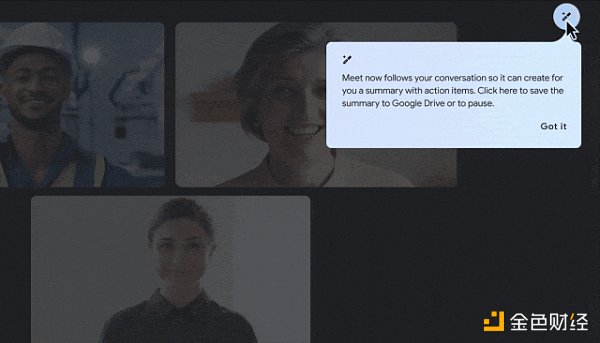
It’s not just the “meeting avatar”.
In the middle of the meeting, AI can also automatically take on the role of a stenographer:
Help with note-taking, even record video clips, and organize them into daily meeting summaries to be sent to every participant in real time after the meeting ends.
Dave Citron, Senior Director of Google Meet Product Management, believes that video meetings have gone through three stages of innovation: the first was the emergence of video meetings, the second was the era of hybrid work, and the third is the era of AI explosion.
Now is the time to incorporate AI into meeting apps.
Regarding this feature, The Verge jokingly said that if each participant sends out their AI assistant, the meeting agenda will probably be clarified and quickly concluded.
Some netizens also sighed that the scene of everyone using machines to attend meetings and classes may soon become a reality:
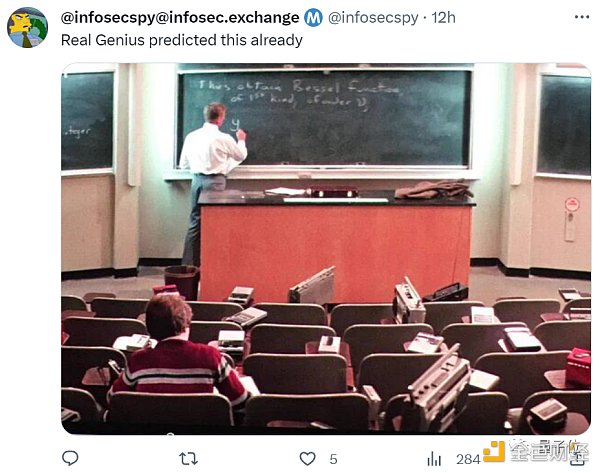
If it is a cross-border meeting or if you need to quickly understand the content of a foreign conference, AI also provides automatic translation captions in 18 languages.
And if it is inconvenient for you to use video where you are, you can upload your own face based on AI to the Google Meet app in advance and use it directly during meetings.
This feature comes from Google’s AI assistant Duet AI.
At this Next conference, in addition to this conference substitute, Duet AI has also been incorporated into other features, achieving an “AI transformation” of a wave of apps.
Duet AI transformed into an “enhanced version”
Duet AI was launched at Google I/O conference in May this year, based on adjustments to the LianGuaiLM 2 model.
At that time, Duet AI was mainly integrated into Gmail and Google Docs, for example, it could intelligently write content, create PPTs, analyze data in tables, and summarize email content, similar to Microsoft Office:
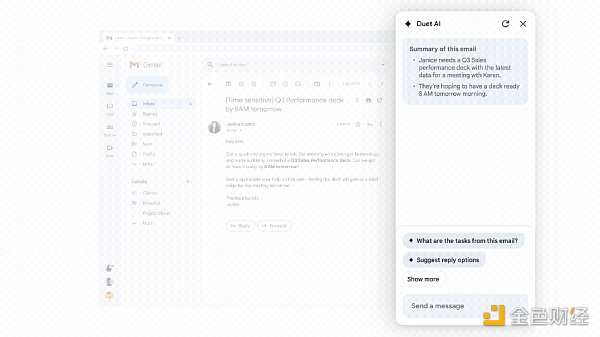
Now, in addition to the aforementioned conference “substitute”, Duet AI has also implemented a series of new features in Google Cloud:
Code generator. It can not only help you automatically complete and generate code but also perform code refactoring.
Infrastructure management. Users only need to chat with Duet AI on Google Cloud Console (a facility for monitoring cloud resources) to quickly understand infrastructure configurations and get suggestions for improving utilization and performance.
Database assistant. Just chat with Duet AI, and it can automatically understand your needs and help you build databases and be responsible for modifying and querying data.
Security analyst. Google’s security products have also introduced Duet AI, which can assist in identifying potential threats on computers and more effectively assist security personnel in their work.
In addition to this series of new cloud services, Google’s communication software Google Chat has also adopted Duet AI.
Now, in Google Chat, you can directly search for and extract files sent by others and summarize their content using Duet AI.
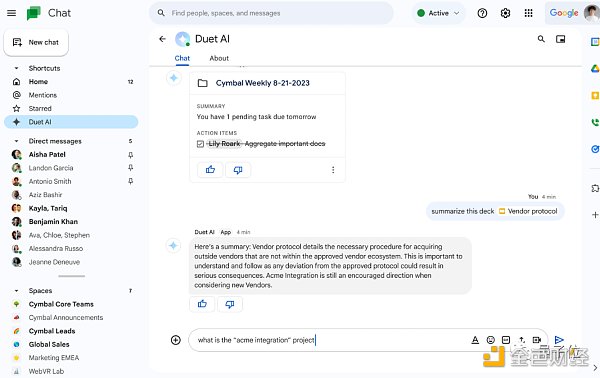
Google also emphasizes that even with Duet AI as an assistant, they will never use the content of files to train products. Whether you believe it or not is up to you.

Integration of Llama2 and Claude2
In addition to the enhanced version of Duet AI, there are also some other AI highlights at this Next conference.
Just like many domestic manufacturers, Google has also integrated popular large model APIs such as Llama 2 and Claude 2 into its own cloud services, making it convenient for users to directly access them.
Google also stated that currently, they are the only cloud service provider that offers pre-trained model fine-tuning (adapter tuning) and RLHF for Llama 2.
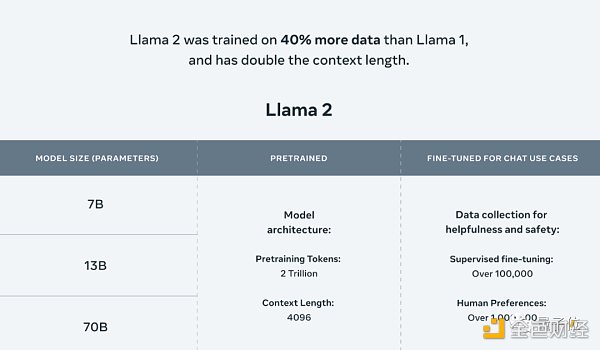
And in terms of infrastructure collaboration, NVIDIA has won again.
Although Google has also launched its own 5th generation TPU this time, promising to double training performance and increase inference performance by 2.5 times per dollar (Google also revealed that this version of TPU uses AI design).

However, at the conference, Google Cloud specifically emphasized that it will further collaborate with NVIDIA to use more NVIDIA cards to enhance its cloud products and accelerate large language model training.
Next month, Google Cloud will provide developers with NVIDIA’s H100 GPU as part of the A3 supercomputer virtual machine.
Finally, Google also released an “AI image identification watermark” feature.
This is an AI technology previously launched by Google DeepMind, which adds pixel-level watermarks to images generated by AI, and can be easily identified with recognition.
Which black technology do you find most practical?
We will continue to update Blocking; if you have any questions or suggestions, please contact us!
Was this article helpful?
93 out of 132 found this helpful
Related articles
- LianGuaiWeb3.0 Daily | People’s Court Daily Virtual currencies are legal property protected by law
- Homomorphic Encryption Research What Changes Will it Bring to Web3 without the Need for Decryption?
- CYBER token surged after the DWF action.
- Besides Unibot, what other potential new Telegram Bots are worth paying attention to?
- LD Capital After Friend.tech, how will Base ecosystem continue?
- Rapid rebound = giving money to traders? An analysis of 4 tokens with the best performance in volatility.
- Coinbase Unlocking the Future of NFTs – Exploring ERC-6551 Token-Bound Accounts




